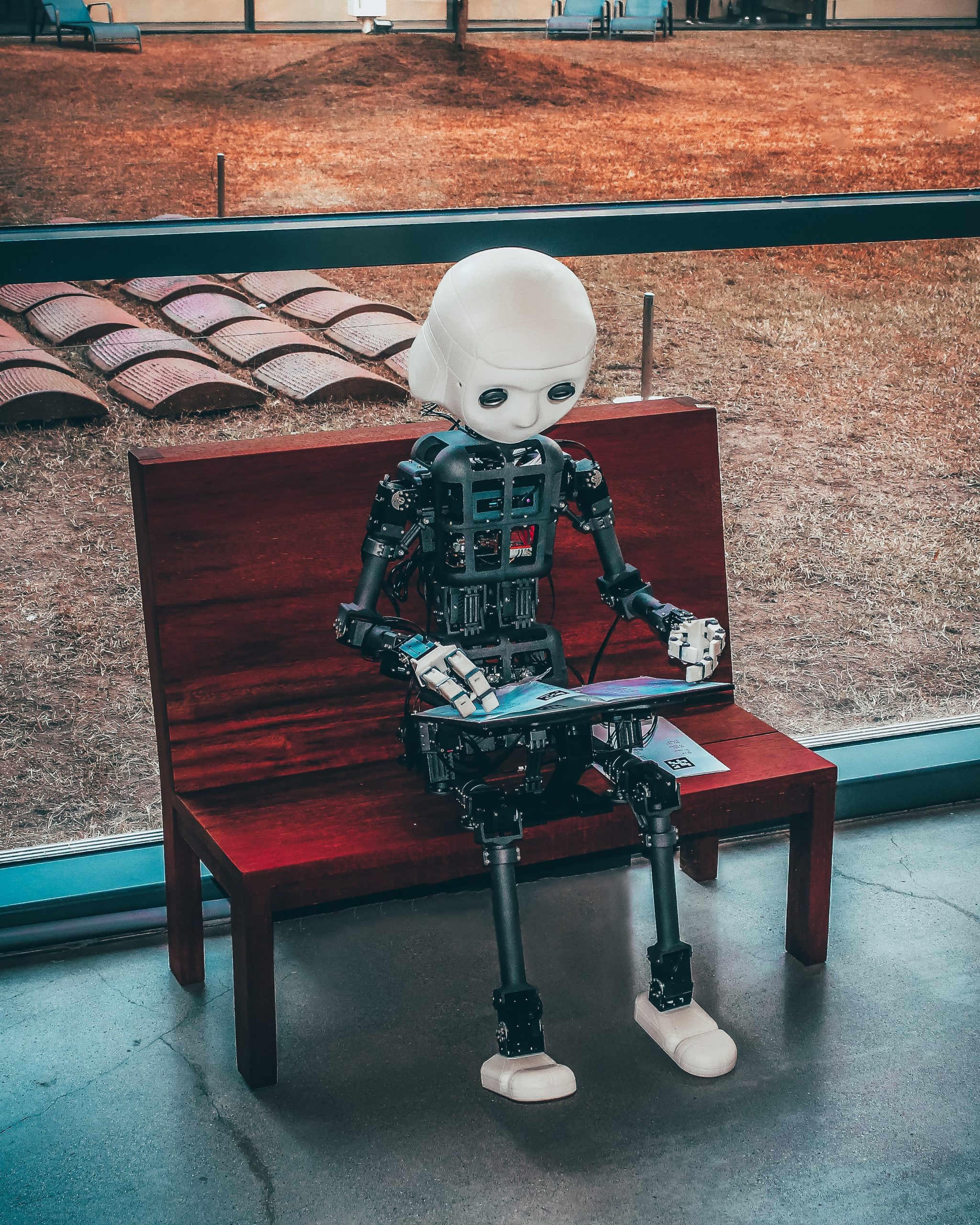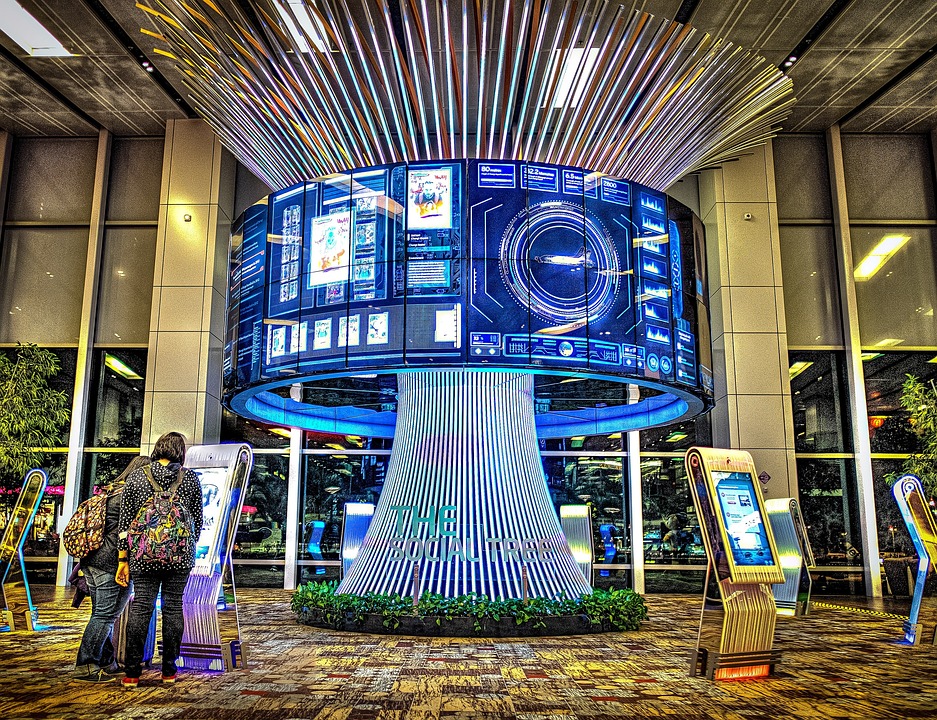
How content producers can use AI in digital marketing
Do you want to use AI to create better content? There’s no doubt that content production is getting more complex every day. It’s getting hard to get noticed on social media. Your inbox is packed with repetitive messages, and you must fight against a massive crowd to get people to read your content. And then […]

Does AI in tourism have unlimited possibilities?
Does AI in tourism have unlimited possibilities? Are all possibilities positive? Will there be a new level of crime, automation and robots displace workers and ICT has stifled human interaction? Are we ending up in a circle of choises or does this lead us to pilgrimage unknown paths? Have hardcore tourist ended up to be […]